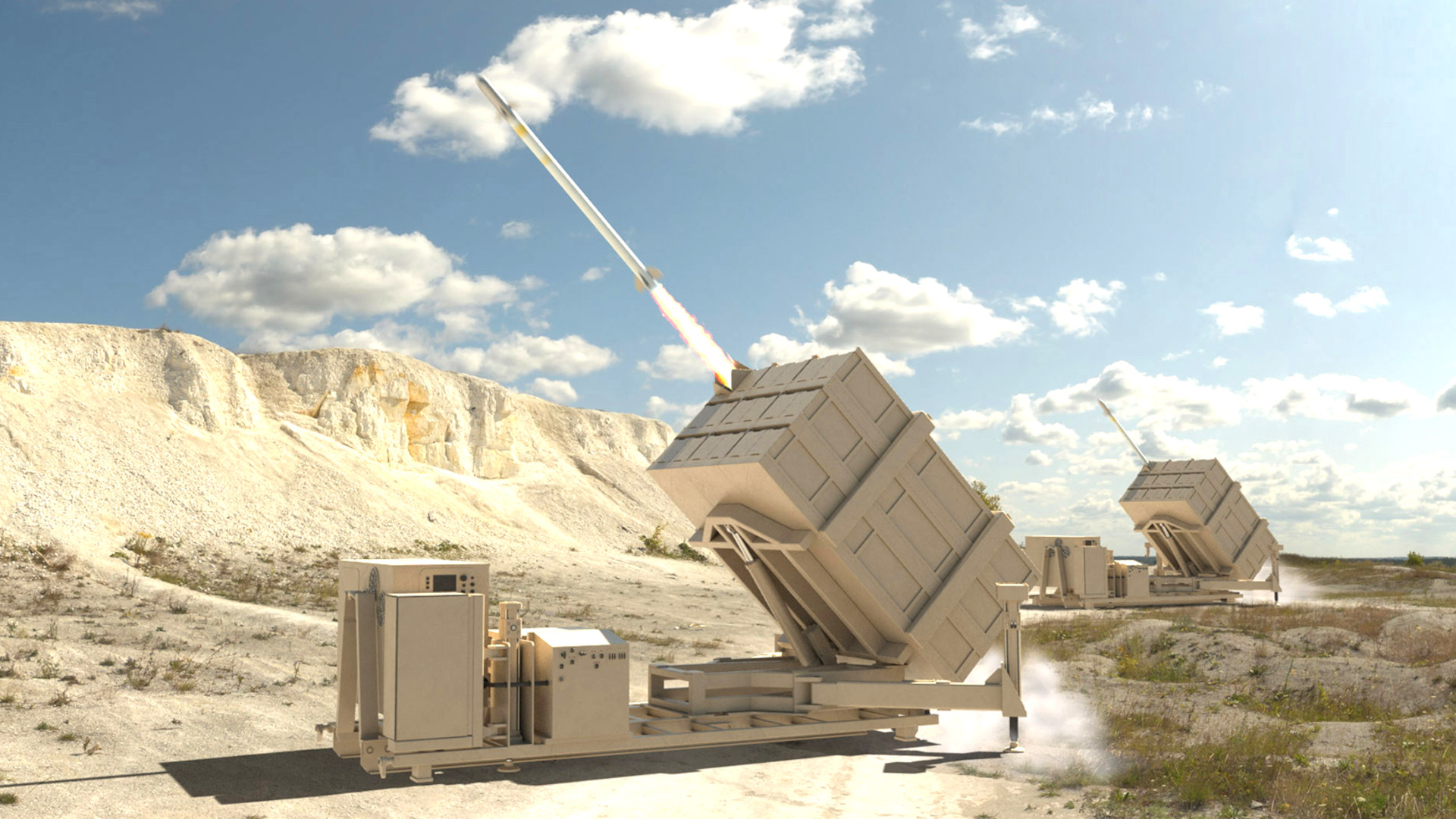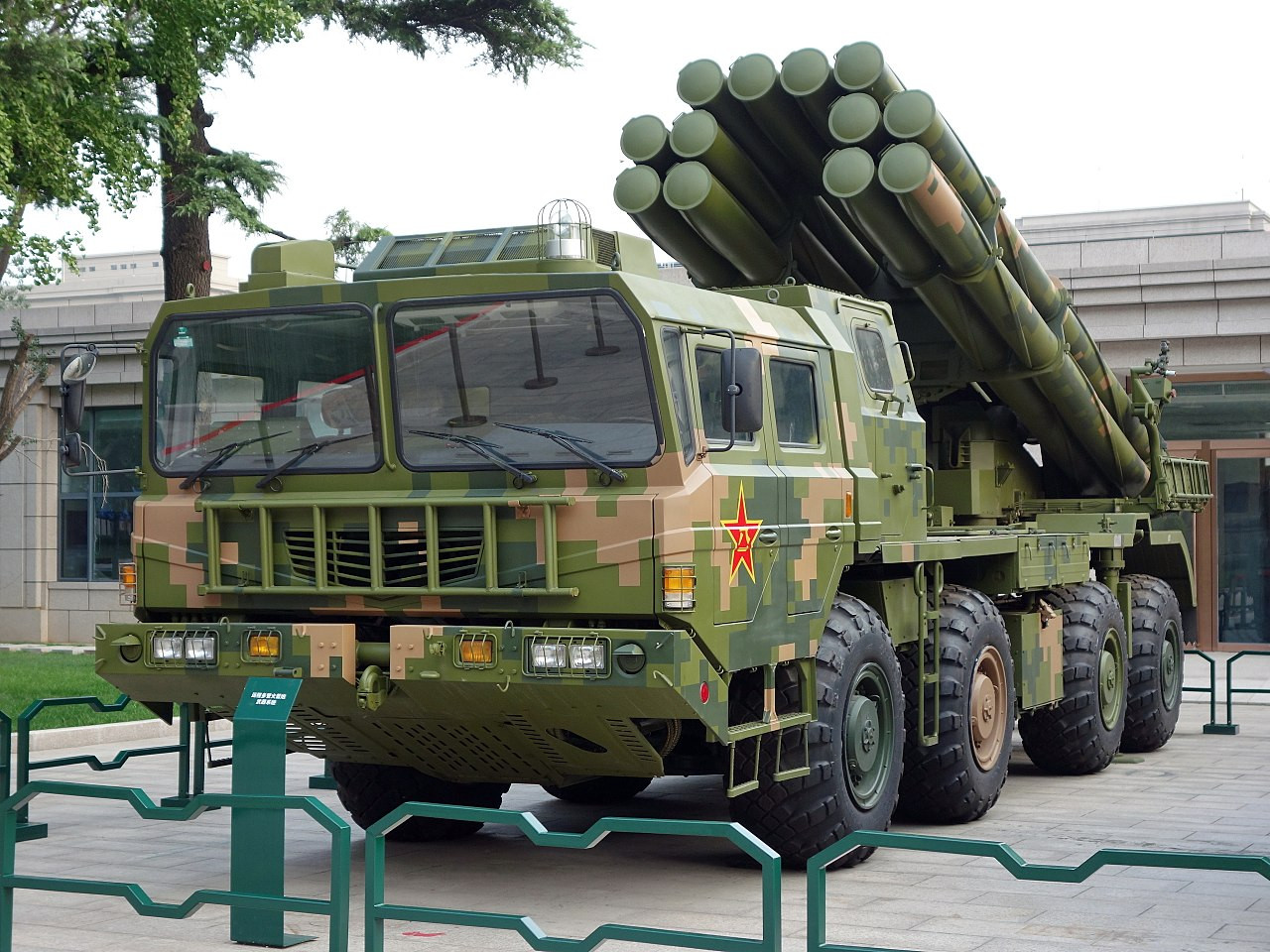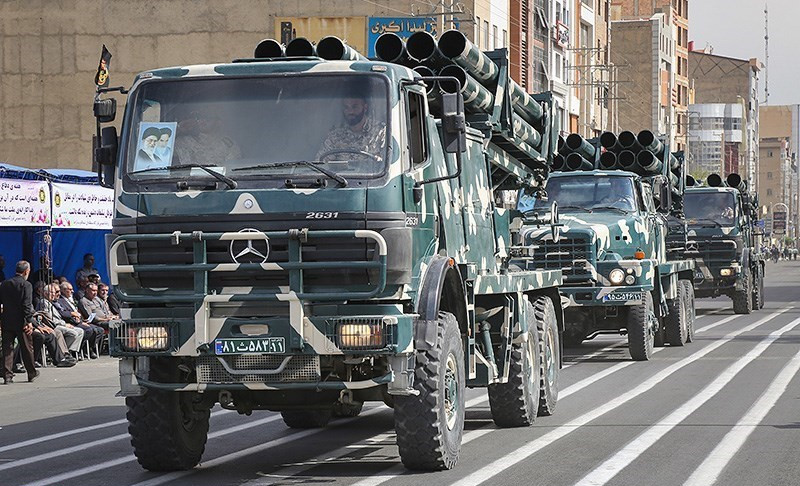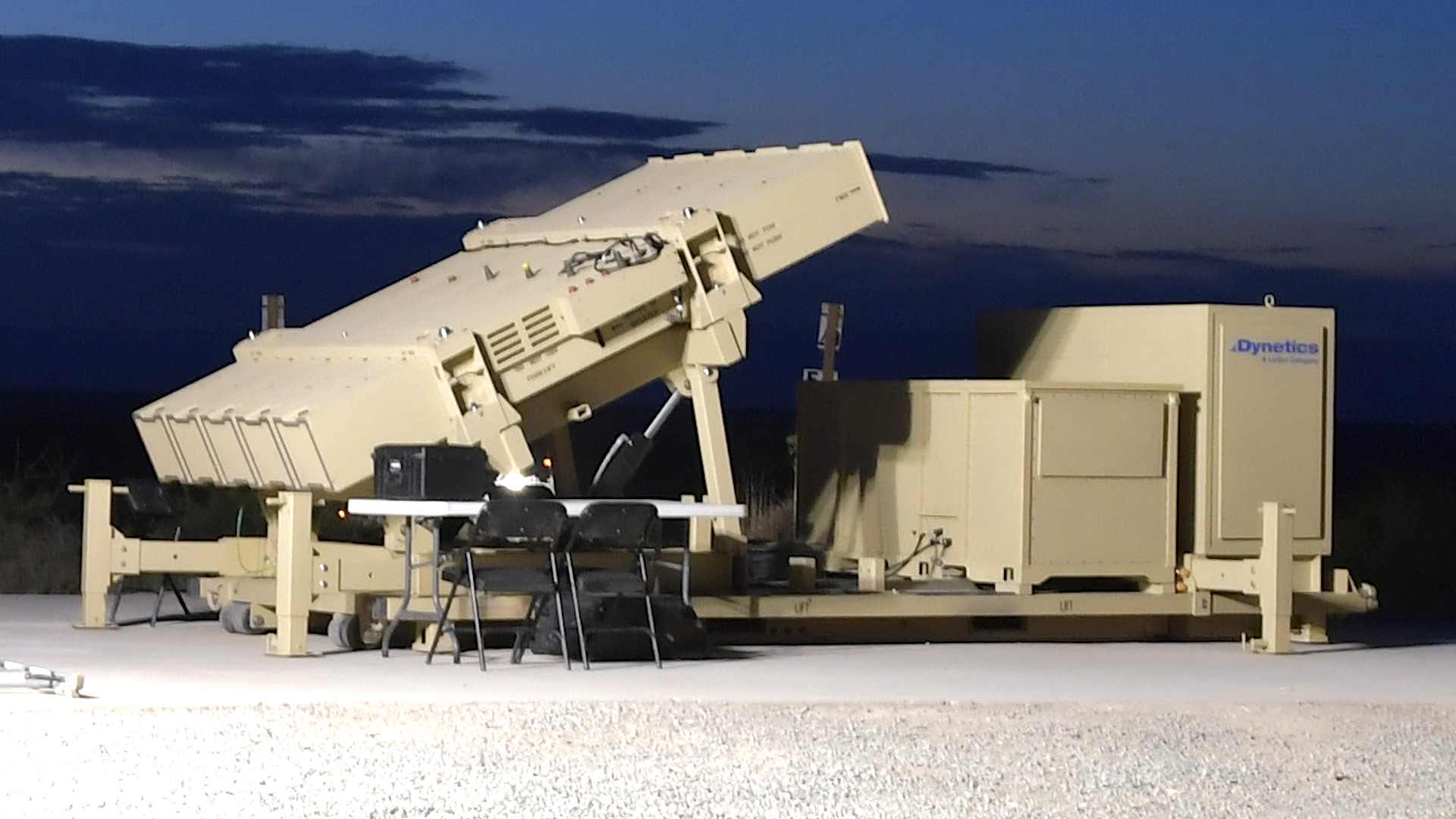The U.S. Army is exploring adding a second type of interceptor, capable of knocking down supersonic cruise missiles and large-caliber artillery rockets, to go with its future Enduring Shield Indirect Fire Protection systems. Enduring Shield is intended to provide an additional layer of defense against the ever-growing threats presented by cruise missiles, drones, and artillery rockets, and is already slated to fire the AIM-9X Sidewinder missile.
The Army’s Aviation and Missile Command (AMCOM) at Redstone Arsenal in Alabama issued a contracting notice seeking information about a potential second interceptor for Enduring Shield on January 12. The Army selected the Enduring Shield system, which is being developed by Dynetics, currently a subsidiary of Leidos, as the winner of its Indirect Fire Protection Capability Increment 2 (IFPC Inc 2) program competition in 2021. IFPC Inc 2 is part of a larger Army push recently to improve the service’s short-range air defense capabilities (SHORAD), something that became a glaring capability gap in the years following the end of the Cold War.

AMCOM’s contracting notice says a typical complete Enduring Shield system platoon will consist of four launchers linked to at least one AN/MPQ-64 Sentinel-series radar via the Army’s Integrated Battle Command System (IBCS) network. Each launcher is designed to be loaded with multiple containerized missiles. This could include potentially up to 18 AIM-9Xs at a time based on the concept art that has been released so far.
The launchers are palletized, which should allow Army Palletized Load System (PLS) trucks and Load Handling System (LHS) variants of the Heavy Expanded Mobility Tactical Truck (HEMTT) to readily move them from site to site as required. It is not clear whether the service plans to deploy Enduring Shield, or a variant thereof, in a configuration that could be fired straight from the back of one of these trucks.
“The new interceptor will utilize an open system architecture approach to establish lethal kinetic effects against select targets within the IFPC Inc 2 threat set, specifically supersonic cruise missiles and large caliber rockets,” according to the contracting notice. “The new interceptor requires future capability growth with minimal levels of system redesign to address objective level threat sets.”
A list of requirements further defines “large caliber rockets” as artillery rockets having diameters between 240mm and 300mm. A number of multiple rocket launch systems that would meet this definition are in service around the world with potential adversaries, including China, Russia, North Korea, and Iran. These types of systems have proliferated to smaller countries and even non-state actors, as well.


“The system shall provide a command destruct and command divert capability via data link,” AMCOM’s contracting post adds. “The system shall include an engagement calculator that integrates with IBCS.”
“The system may retain capability against defeating UAS and subsonic cruise missile[s],” the notice adds.
No specific details regarding Army requirements for the interceptor’s form factor, performance, or capabilities that might point to one or more potential options are provided.
It is worth noting that the Enduring Shield launcher is based on a design, called the Multi-Mission Launcher (MML), which the Army previously developed internally as part of the IFPC Inc 2 program. The MML had demonstrated its ability to fire a variety of missiles, including the AIM-9X and the millimeter wave radar-guided AGM-114L Longbow variant of the Hellfire.

Lockheed Martin had developed a small, lower-cost interceptor for MML, called Miniature Hit-to-Kill (MHTK), designed to knock down targets by physically smashing into them rather than with an explosive warhead. As of 2012, the company’s goal was for these interceptors to cost just $16,000 each. By comparison, the unit cost of a single example of the latest Block II+ variant of the AIM-9X is around $450,000, according to Pentagon budget documents.

In addition, the MML was capable of launching the Tamir, the interceptor used with Israel’s Iron Dome system, which American defense contractor Raytheon also markets as the SkyHunter. The Army already has two Iron Dome batteries that were purchased under an earlier effort to acquire systems to meet its IFPC Inc 2 needs. The Army subsequently canceled plans to buy more Iron Domes citing cybersecurity and other concerns about integrating them with its broader air and missile defense command and control networks. Dynetic’s Enduring Shield beat out Iron Dome to win the IFPC Inc 2 contract in 2021.

However, AGM-114L and MHTK have not been described in the past as having counter-cruise missile capability, which is a key requirement for this new interceptor. The latest iteration of Tamir does, according to manufacturer Rafael, but it’s unclear whether this extends to types capable of reaching supersonic speeds. AMCOM contracting notice would also seem to indicate that AIM-9X does not meet these additional capability demands, though an improved variant or derivative of that design might.
There is, of course, no requirement to stick to missiles previously demonstrated together with the MML and the Army could easily look at integrating other interceptors into Enduring Shield. The service has also worked on a lower-tier, low-cost interceptor as part of the separate Low-Cost Extended Range Air Defense (LOWER-AD) effort. The stated LOWER-AD objectives center on defeating a similar target set, overall, to the one IFPC is supposed to protect against, and the two programs have been linked together at least in the past.
Regardless, the AMCOM contracting notice makes clear that the Army at least has a concern that the initial Enduring Shield/AIM-9X combination cannot adequately protect against supersonic cruise missiles and larger caliber artillery rockets.
The U.S. military has been sounding the alarm in recent years about the increasing threat cruise missiles, in general, pose to American forces and military installations, as well as critical civilian infrastructure at home and abroad. That threat has been a major driving force behind the IFPC Inc 2 program, as well as other counter-cruise missile initiatives. Russia’s extensive use of cruise missiles, including Soviet-era supersonic Kh-22s that have proven hard to defend against, in its nearly year-old war in Ukraine has further called attention to this threat.
Rocket artillery has been a demonstrated threat to U.S. forces for decades now, even in areas where American units are not actively engaged in combat operations. Just on January 4, U.S.-led coalition forces in Syria were subjected to a rocket attack that thankfully did not result in casualties. However, the conflict in Ukraine has reinforced how effective multiple rocket launch systems, including larger caliber designs capable of firing unguided and guided rocket types, can be on the battlefield.
Though not a particular focus of the new interceptor the Army is looking into for Enduring Shield, drones – including modified commercial types capable of conducting surveillance or launching attacks with improvised munitions – are real dangers already, too. Again, the fighting in Ukraine has shined a light on the significant role that various tiers of lower-end uncrewed systems, including Iranian-made “kamikaze drones” that Russia has been employing, are already having on modern battlefields.
For many years, The War Zone has highlighted the dangers posed by drones and this threat set only continues to expand in size and scope. Both state and non-state actors around the world – including terrorists and organized criminal enterprises – are steadily expanding their unmanned system arsenals.
Regardless of what interceptors eventually go along with it, it remains to be seen when the Army may take delivery of its first prototype Enduring Shield system, let alone fielding the first operational examples. Dynetics was supposed to begin delivering the first of 16 prototypes last year, with the goal being to follow this up with 60 more “fieldable” versions by March 2024.
However, Breaking Defense reported last week that the Army now does not expect to have the initial prototype in hand until sometime later this year, citing supply chain issues. The service does hope that the rest of the schedule will remain largely intact by “streamlining system level testing,” a spokesperson told that outlet.
Whatever the case, the Army is still clearly committed to Enduring Shield, which is designed to protect against a very real slew of threats the service is already facing. Even without the first prototype in hand, there is now a clear interest in further expanding the system’s capabilities through a new interceptor on top of the AIM-9X.
Contact the author: joe@thedrive.com
